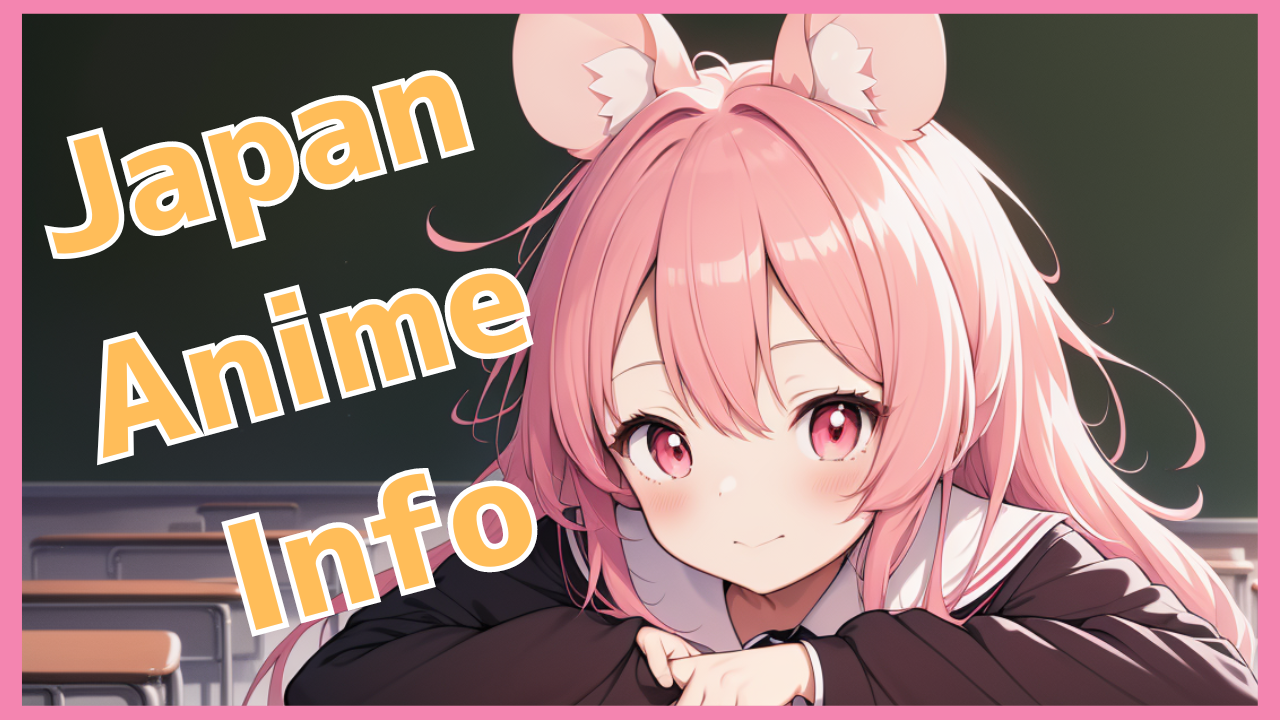The protagonist of this work is Hojo Tokiyuki, who lost everything due to a rebellion by Ashikaga Takauji, a trusted vassal of the shogunate. Tokiyuki flees to Suwa, where he meets friends and overcomes the difficulties that come his way by “running away” and “surviving.”
Animate Times is running a series of interviews that delve deeper into the appeal of this work! In the seventh installment, we spoke with GEMBI and Akihiko Tateyama, who are in charge of the soundtrack production. This time, we bring you the contents of our interview with Tateyama!
-Please tell us what you thought when you first read the original work.
Akiko Tateyama (hereinafter, Tateyama): I thought it was a work packed with energy. There was a lot of information and dialogue, and the images were very dense, so I remember it took me a long time to finish reading it. I felt that it was a powerful work that required a lot of physical strength to read the first volume.
-When creating the soundtrack for this film, what kind of requests did you receive from the director and other animation producers?
Tateyama: Sound director Akiko Fujita requested that we create music that had an atmosphere close to that of a live-action film. Anime background music is often pop and easy to understand.
However, in this work, in addition to those songs, I was told that I wanted to incorporate songs that don’t have much singing, or to put it bluntly, songs that don’t even need a melody, and songs that have a creepy sound that continues and develops a little. To be honest, when I received that request, I was a little confused.
- Confused?
Tateyama: Yes. As I mentioned earlier, anime music tends to be pop and easy to understand. For example, for happy scenes, bright notes are used, and for scary scenes, scary sounds and dark notes are used. Music is often distorted to make the feelings of the scene or character easier to understand.
–I see.
Tateyama: On the other hand, live-action, depending on how it’s made, can suddenly become lame if it’s too deformed. Conversely, if you make music like that for anime, it may be weak as an element that livens up the pictures and acting. So when I was told to “make it close to live-action,” I was worried about how much I should make it. I felt that if it was too deformed, it wouldn’t be good, but if it was too live-action and the amount of information was reduced, the pictures and music of the anime wouldn’t match.
However, Mr. Fujita told me, “This work is fine. I don’t think there’s any problem with adopting a live-action approach,” so, although I was a bit nervous, I went ahead with the production.
–When I saw the actual broadcast, the music didn’t sound strange at all.
Tateyama: I also watched the broadcast and I think I understood what Fujita was saying. I was able to confirm my answer in the anime footage.
――音楽が作品に与える影響って、色々あると思うんです。例えば、いいシーンを盛り上げるとか。そういうのも大切だと思うのですが、本作は劇伴が物語に馴染んでいると、非常に感じています。
立山:それは嬉しい感想です。アニメって総合芸術なんですよね。物語があって、絵があって、キャストの演技があって……。そのなかのひとつに劇伴もあります。僕のなかで劇伴は、野球に例えると4番バッターではありません。8番くらいのイメージです。
――8番バッター!
立山:もちろん、ある瞬間では劇伴が4番になる可能性もあると思いますが、全体を通して見ると4番は物語とか絵になるんじゃないかなと。僕個人としては、劇伴は4番じゃないことを意識しています。むしろ、「劇伴がアニメのメインだぜ」って考え方で作ると、上手くいかない気がしますね。音楽が悪目立ちしてはいけないんですよ。劇伴を制作するときには、“引きの美学”を大切に持ち続けていたいと思っています。
――楽器構成についてもお聞かせください。本作は歴史を題材にした作品ですが、劇伴は和楽器だけでなく、金管・木管、弦など様々な楽器が使われていると感じました。
立山:音響監督の藤田さんからいただいた音楽のリクエストは、ロックあり、クラシックあり、ジャズもありと、ジャンルが様々だったんです。そのリクエストに応える形で、オールジャンルで曲を作りました。それに合わせて使う楽器も、ストリングスや木管などのほか、ありとあらゆるものを選択肢に置いていたんです。
――歴史もの作品でオールジャンルというのが面白いです。
立山:僕もそう思います。とはいえ、オールジャンルで音楽を作るというだけでは、めちゃくちゃになってしまうんですよね。色々とやり過ぎてアニメに合わなくなってしまったら、すべてが台無しです。
音楽プロデューサーの山内真治さんは「本作の音楽の一丁目一番地として、いちばん分かりやすい指針となるものが必要」とおっしゃられていました。その一丁目一番地の音楽をGEMBIさんが作ってくださったんです。GEMBIさんが歴史ものに即した音楽、僕がバラエティに富んだ音楽を作るというダブルヘッダーでいくという山内さんの考えた座組によって、楽曲のすみ分けをより意識できました。
―― 一丁目一番地が明確になって、作曲の方向性が定まった。
立山:そうですね。この雰囲気が基本だよねというところが決まったので、僕はロックやコミカルな曲などを積極的に作れました。色々と曲で遊ばせてもらえて、感謝しています(笑)。本作に関してはGEMBIさんと僕のどちらかだけだったら、作品に深みを与えられなかったかもしれません。
――バラエティに富んだ音楽というのは、史実に基づいたシリアスな物語ながらも、松井先生らしいキャラクターが登場して笑える『逃げ上手の若君』らしいなと思いました。
立山:そう言っていただけると、嬉しいです。
――バラエティに富んだ楽曲のなかでも、立山さんが特に印象に残っている曲を教えてください。
立山:第一回で時行が初めて「逃げ」を披露するところで流れる曲ですね。あの曲は逃げている躍動感や、時行の“誰よりも生きたい”と渇望する生命力の強さを表現して欲しいというオーダーがありました。色々なアイデアが出る中で、山﨑雄太監督から“生命力と言えば、生命の起源の地と言われているアフリカ”という発想が出てきたんです。そこから、アフリカ音楽の要素を入れたら面白いかもという話に発展したんですよ。
――日本の歴史を題材にした作品で、その発想に行き着くとは。
立山:面白いですよね(笑)。それでアフリカン・クワイアという力強い男性コーラスを入れてみることになったんです。アフリカン・クワイアは、分かりやすく言うと『ライオン・キング』のイメージですね。
普通だったら歴史を題材にした作品でそんなコーラスを入れようとは思わないですし、勝手にそんなことしたら「やめてくださいよ」と言われると思います。それが本作では、「あり」だったんですよね。歴史をイメージした曲ってベタに作ろうとすると、とことんベタになってしまうのですが、今回はそれに囚われることなく作れたので、すごく楽しかったです。


コメント